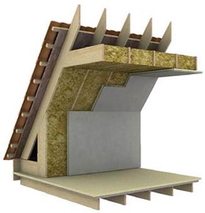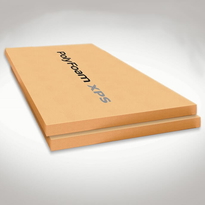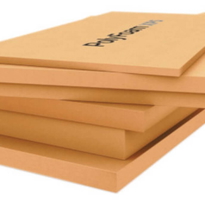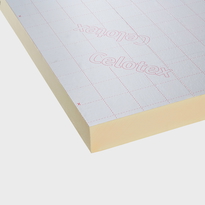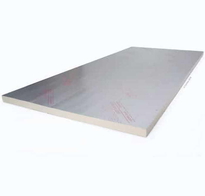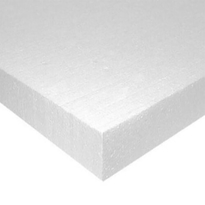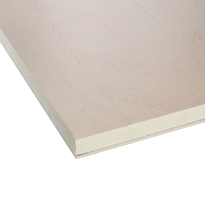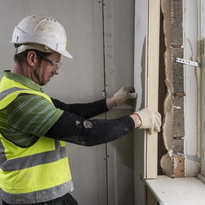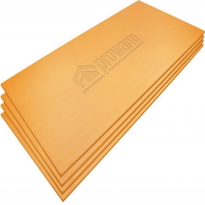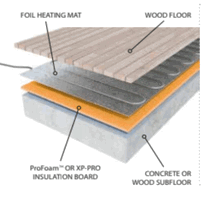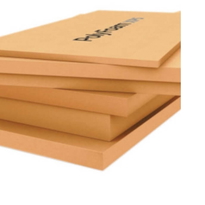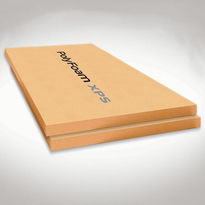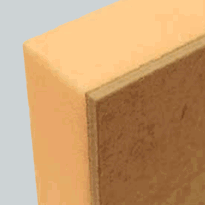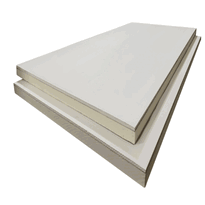Benefits and Importance of Proper Cellar Insulation
Proper cellar insulation is vital for maximising energy efficiency, safeguarding structural integrity, and enhancing overall comfort within the home. Insulation works by reducing heat transfer through cellar walls, which can lead to heating cost savings of between 10 and 20 per cent, particularly in colder UK climates. Sealing leaks and adding insulation can lead to an average of 15% savings on heating and cooling costs, which further emphasizes the importance of proper insulation in reducing energy bills.
It also helps to stabilise temperatures, thereby minimising the cycling of heating, ventilation, and air conditioning (HVAC) systems. This not only extends the lifespan of these systems but also decreases maintenance requirements.
Furthermore, insulation acts as a barrier against moisture ingress, lowering the risk of mould, mildew, and structural deterioration. Maintaining a dry and stable environment is essential for the durability of cellar components and prevents potential issues associated with damp and damp-related damage.
A well-insulated cellar creates a more functional and comfortable space, whether it's used for storage, a home office, or additional living areas.
In summary, effective insulation delivers significant benefits including energy savings, increased structural health, and a higher property value.
For homeowners in the UK looking to improve their property's efficiency and longevity, investing in proper cellar insulation is an essential step.
Common Materials Used for Insulating Cellars
Various materials are utilised in insulating cellars, each selected for specific thermal, moisture, and structural properties to optimise energy efficiency and durability.
Fibreglass insulation, commonly available in batts, offers a thermal resistance measured in K-values that provide effective thermal performance and ease of installation. It's particularly suitable for insulating walls and ceilings, but less ideal for floors due to its limited structural strength. Fibreglass is non-combustible and resists pest infestation, making it a safe choice for many cellar applications.
Foam board insulation, including polystyrene and polyisocyanurate panels, features high thermal resistance with low K-values, making them easy to cut and install. These panels also function effectively as vapour barriers, helping to control moisture levels within the cellar.
Spray foam, especially polyurethane variants, expands upon application, sealing gaps and acting as an air barrier. It boasts high thermal resistance properties and improves humidity control within the cellar environment.
These materials, when combined with vapour barriers and reflective foils, support optimal cellar insulation strategies aimed at reducing heat loss, controlling moisture, and enhancing overall comfort.
Key Installation Considerations for Effective Cellar Insulation
Achieving effective cellar insulation relies not only on choosing appropriate materials but also on implementing proper installation techniques that optimise performance and longevity. Ensuring complete coverage of wall surfaces, sealing all gaps and joints thoroughly with suitable sealants, and maintaining unobstructed airflow are crucial steps. Proper insulation placement involves fitting it tightly around pipes, wires, and other penetrations, while employing vapour retarders to prevent condensation issues.
Selecting insulation with the correct U-value is essential and should be aligned with the local climate and construction standards. Insulating the ceiling and rim joists addresses heat loss and air infiltration concerns, contributing to an energy-efficient cellar. Regular inspections after installation, ongoing moisture monitoring, and routine maintenance are vital to sustain insulation performance over time.
Enhancing Cellar Performance With Advanced Insulation Technologies
Advanced insulation technologies play a vital role in improving cellar performance by delivering superior thermal protection and effective moisture management—benefits that traditional materials may not achieve. These modern solutions help maintain a stable interior temperature, thereby reducing heating costs and preventing heat loss through thermal bridges and drafts. Modern insulations often incorporate eco-friendly materials, which further boosts their sustainability profile. Moisture control is essential in cellar environments, and integrated systems such as moisture barriers and vapour retarders are crucial for preventing dampness, mould growth, and structural deterioration. Such measures safeguard the integrity of the cellar over time, ensuring its longevity and reliability. High-performance insulation panels and innovative closed-cell foam technologies provide both thermal insulation and moisture resistance, delivering durable and long-lasting protection. Additionally, environmentally sustainable options like advanced extruded polystyrene (XPS) solutions contribute to energy efficiency and help reduce the overall carbon footprint. Implementing these state-of-the-art insulation systems enhances the overall efficiency of the cellar, promotes structural health, and aligns with environmentally friendly practices. This approach fosters a shared commitment to sustainable building standards, ensuring that cellars remain well-protected and efficient in the long term.
Conclusion
Effective cellar insulation is essential for maintaining stable temperatures, preventing moisture issues, and enhancing energy efficiency. Choosing appropriate materials, ensuring correct installation techniques, and employing advanced technologies can substantially optimise insulation performance. Paying careful attention to these factors ensures long-lasting durability, cost savings, and a healthier environment within the cellar space. Adopting a systematic approach based on industry best practices guarantees optimal results and maximises the benefits of well-executed insulation measures.

